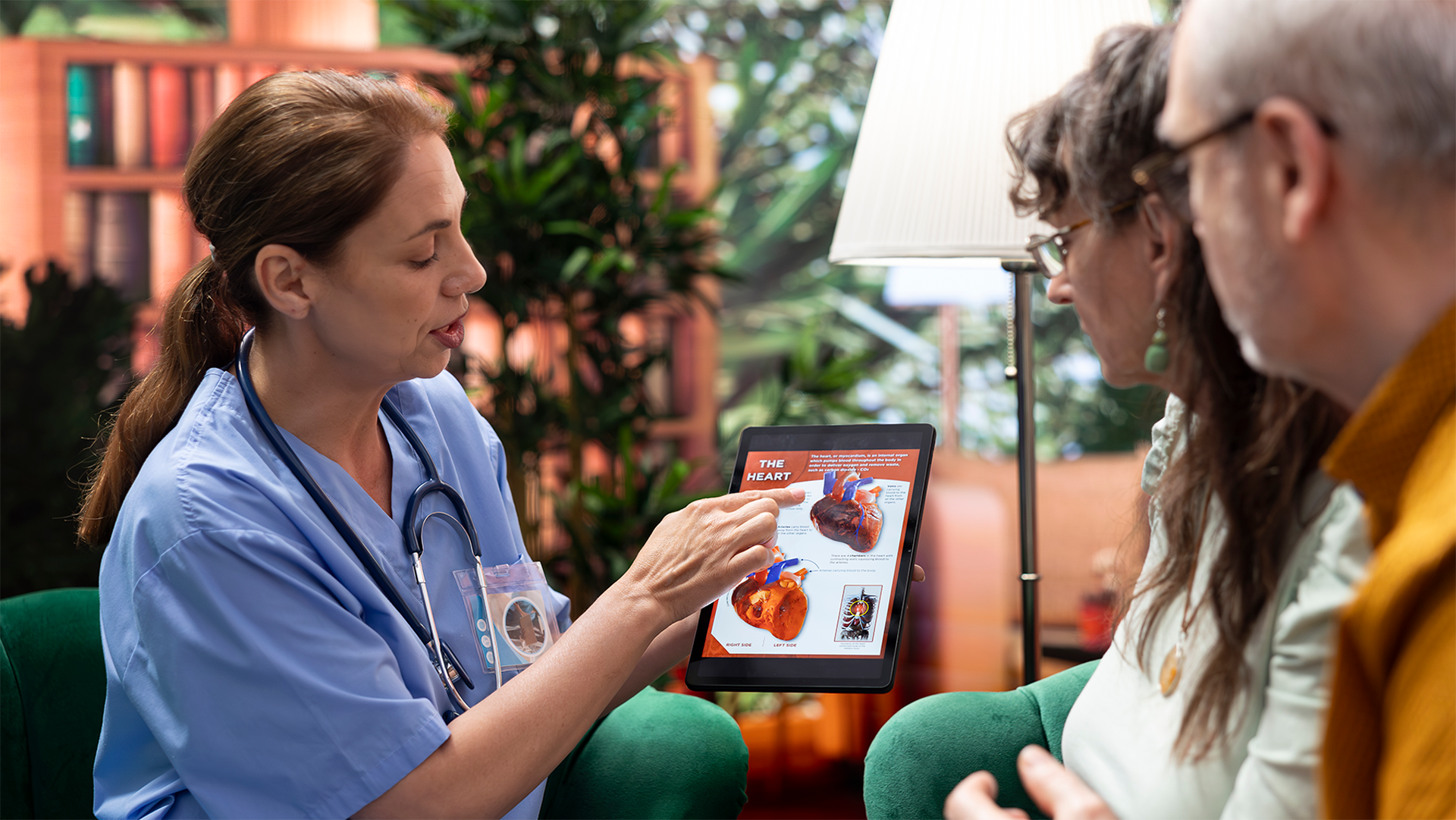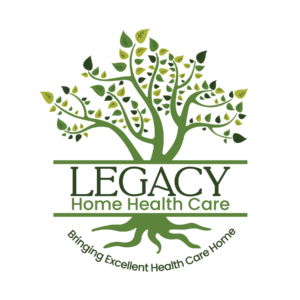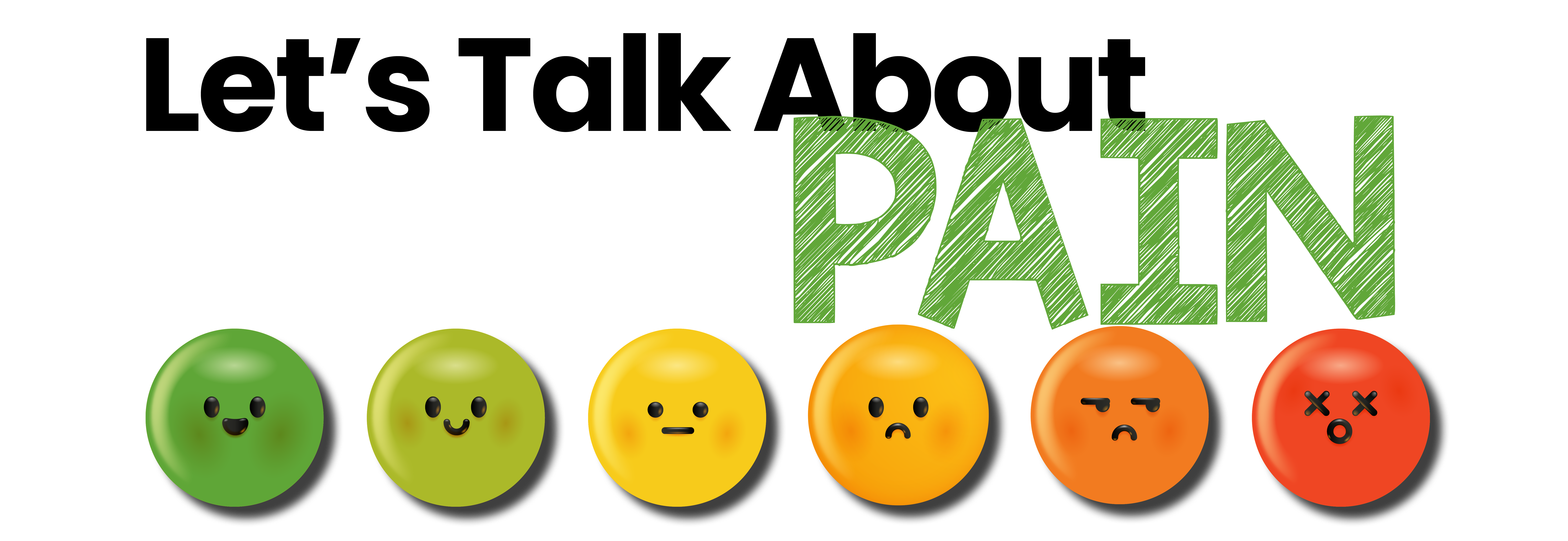What Is Chronic Pain?
Chronic pain is more than just a persistent ache—it’s defined as pain that occurs most days or every day for three months or longer. For many, this isn’t temporary; it becomes a lifelong challenge. It can range from mild to severe, intermittent to continuous, and from merely bothersome to fully disabling.
The Numbers Behind the Pain
- Recent data shows that 24.3% of U.S. adults experience chronic pain, and 8.5% live with high-impact chronic pain—a type that frequently limits daily life and work (CDC).
- That translates to approximately 60 million Americans with chronic pain and over 21 million affected by high-impact pain (Medscape, Lippincott Journals).
- This marks a significant jump from 2019, when only about 20% of adults reported chronic pain and 7–8% reported high-impact pain (Lippincott Journals, Medscape).
Chronic pain remains the leading cause of long-term disability in the U.S. (obssr.od.nih.gov).
The Economic Toll
The financial strain of chronic pain is staggering:
- A 2021 analysis estimated the cost at approximately $722.8 billion—combining $530.6 billion in medical expenses and $192.2 billion in lost productivity (PubMed).
- Earlier projections were around $560–635 billion annually, highlighting an escalating burden (National Academies Press).
Who Is Most Affected? The Hidden Burden in Rural and Underserved Communities
Chronic pain doesn’t affect all groups equally. CDC data shows that the prevalence of both chronic pain and high-impact chronic pain increases as communities become less urban. Adults living in the most rural counties are significantly more likely to report living with daily pain than those in large cities.
This reality is especially true here in North Florida, where Legacy Home Health Care serves patients across 23 counties. Many of our patients live in small communities and rural areas where specialized care is not always close by. For them, chronic pain isn’t just a medical condition—it can be a daily obstacle to working, caring for family, or even enjoying simple moments like cooking a meal, gardening, or walking with a loved one.
Underserved groups—such as older adults on fixed incomes, individuals living in poverty, and those without reliable transportation—often carry the greatest burden. These patients may delay or forgo treatment because resources are limited, leading to worsening pain and reduced quality of life.
At Legacy, we understand that these patients shouldn’t have to choose between managing their pain and the challenges of traveling long distances for care. That’s why we bring skilled nursing, therapy, and education directly into the home. By meeting patients where they are, we help close the care gap for communities that too often fall through the cracks.
Hope on the Horizon: Activity Modification & Pacing
When pain diminishes your sense of self, meaning and independence, there’s hope through actionable strategies:
Activity Modification
- The U.S. Pain Foundation’s 2022 survey of 2,275 adults with chronic pain found that 73% consider activity modification a helpful pain management tool (U.S. Pain Foundation).
- Practical tips include:
- Replacing high-impact activities with gentler alternatives (e.g., swapping running for walking or swimming).
- Using ergonomic or assistive devices.
- Applying a traffic-light system:
- Yellow light: If pain rises 1–2 points but returns to baseline within 24–48 hours—maintain current activity level.
- Red light: If pain increases more than 2 points and lingers beyond 48 hours—modify or reduce the activity.
- Modifications may involve doing less, going slower, splitting tasks, or using assistance such as handrails or mobility aids.
Pacing Plans
- Pacing supports gradual endurance-building—not pushing through pain, but increasing capability over time.
- It’s a biopsychosocial approach: physical adaptation paired with reframing pain perception.
- Success often involves a team approach—working with physical therapists, occupational therapists, pain psychologists, or other specialists.
Simple Activities to Help Manage Pain
These activities are adaptable and supportive for individuals living with chronic pain:
- Walking outdoors – Free, accessible, boosts mood and joint health.
- Stretching – Enhances flexibility, blood flow, and relaxation.
- Swimming – Low-impact full-body workout; warm water is soothing.
- Yoga – Mindful movement with breathing and meditation elements.
- Tai Chi – Gentle, meditative, enhances balance and relaxation.
- Strength training – Light weights or isometrics to build strength and circulation.
- Dance – Joyful movement that releases negative emotions and increases motivation.
- Stationary cycling – Low-impact cardio with adjustable pace.
- Walking on treadmill or in pool – Controlled, supportive environments for pacing.
Take the Next Step
Chronic pain can erode identity and joy. But through activity modification, pacing, and a compassionate care team, you can reclaim meaningful moments—like being active with grandchildren, going for rides, or simply enjoying daily life again. Know this: With pacing, modification, and support, you can redefine what’s possible.
If you or a loved one is living with the effects of chronic pain, Legacy Home Health Care’s skilled nurses are here to help. We are committed to helping patients and families in North Florida live longer, healthier, more independent lives—all in the safety and comfort of home.
Understanding How To Rate Your Pain
Enjoy this entertaining video about how a physical therapist explains the pain rating scale to his patients. Sometimes laughter is the best medicine! (But the information is helpful, too!)
C – Communicate Clearly
Clear communication closes the gap between medical instructions and daily routines.
For patients:
- Repeat back instructions in your own words: “So I take this pill with breakfast, not before bed, correct?”
- Ask for written handouts or large-print versions if needed.
- Let providers know about hearing, vision, or memory challenges that could make following directions harder.
For caregivers:
- Double-check that instructions are understood.
- Use calendars, pill organizers, or reminder apps to simplify routines.
- Share updates with doctors if something changes—like new side effects or difficulties with daily activities.




